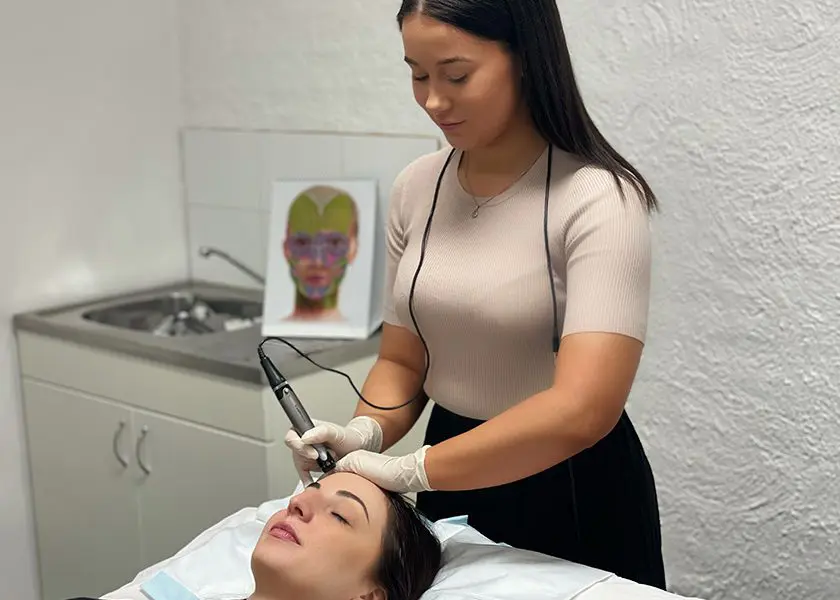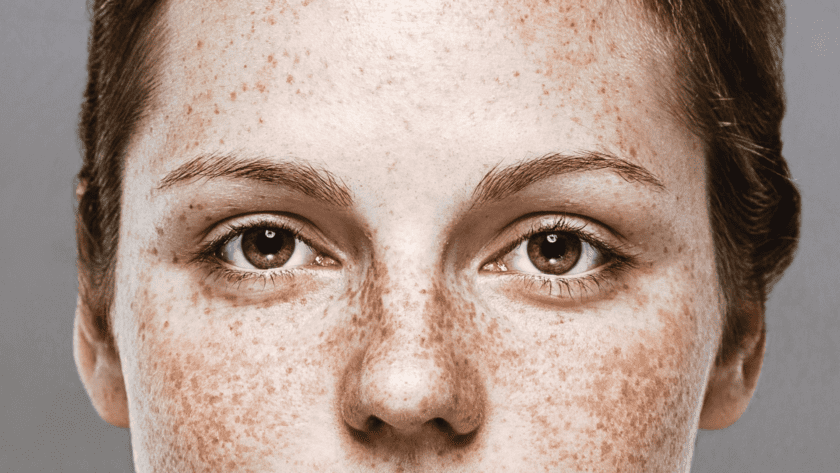Skin Needling
Skin needling (also referred to as microneedling or collagen induction therapy) is a procedure performed by trained healthcare professionals using a device with fine needles to create controlled micro-injuries to the skin’s surface.
This technique is used in clinical settings for the management of various skin concerns. It involves triggering the skin’s natural repair processes, which may lead to changes in skin texture and tone over time.
This treatment may be suitable for individuals seeking to address:
Irregular skin texture
Enlarged pores
The appearance of uneven skin tone or pigmentation
General skin rejuvenation
The outcome and suitability of this procedure can vary between individuals depending on a range of factors including skin type and specific concerns. A consultation with a qualified practitioner is essential to determine whether this treatment is appropriate for your individual needs.

Dermal Microneedling Prices
DermaPen skin needling
Full Face: $300
Other Areas (Stretch Marks etc.): by consultation (packages available)
More Information On Dermapen Skin Needling
Dermal needling (also known as collagen induction therapy) involves the use of multiple fine needles that create microchannels in the skin. This process is intended to support the skin’s natural processes by stimulating the surface and deeper layers.
Microneedling may assist with the absorption of topical products and is often used in cosmetic settings to support skin health and texture. The procedure is performed using a device with fine, vibrating needles that penetrate the skin at controlled depths, depending on the treatment area and individual needs.
Compared to other skin treatments, microneedling typically involves shorter recovery times, although downtime and outcomes may vary from person to person. Only single-use, sterile needle cartridges are used during treatment to maintain hygiene and reduce cross-contamination risk.
Microneedling is sometimes chosen as an option by individuals seeking a non-ablative approach to cosmetic skin improvement. Treatments are tailored to suit individual skin types and concerns, and your practitioner will assess suitability during your consultation.
Frequently Asked Questions
- Rejuvenation: four to six treatments, four weeks apart.
- Acne scarring: six treatments, six weeks apart
- Stretch marks: +/- 10 treatments, four to six weeks apart.
For optimal results, we recommend applying effective active treatment creams such as Vitamin A, C and anti-oxidants to allow the skin’s strength to build up (especially for thin or delicate skin areas). Continue to use these recommended solutions after treatment for a period of 6 weeks.
Typically, you will see results after the first treatment. Lasting and more significant results will occur after four to six treatments, as the effects are cumulative (spaced four to six weeks apart). Your skin will continue to improve over the next six to 12 months after a course of treatments and when combined with the recommended post-treatment care.
Time to take effect and longevity of treatment vary by individual.
For treatments involving minimal needle depth, most individuals report little to no discomfort.
For procedures involving deeper skin penetration (typically over 0.5 mm), a topical anaesthetic cream may be applied prior to treatment to help reduce discomfort.
Sensitivity during the procedure can vary depending on individual pain tolerance and the area being treated. This will be discussed with your practitioner during your consultation.
There is generally no down time after treatment. However, you may experience facial redness for 12 to 48 hours post-treatment.
Most people are able to return to normal daily activities immediately after the treatment. Application of breathable makeup will seal the skin and cover any redness for an immediate return to work.









